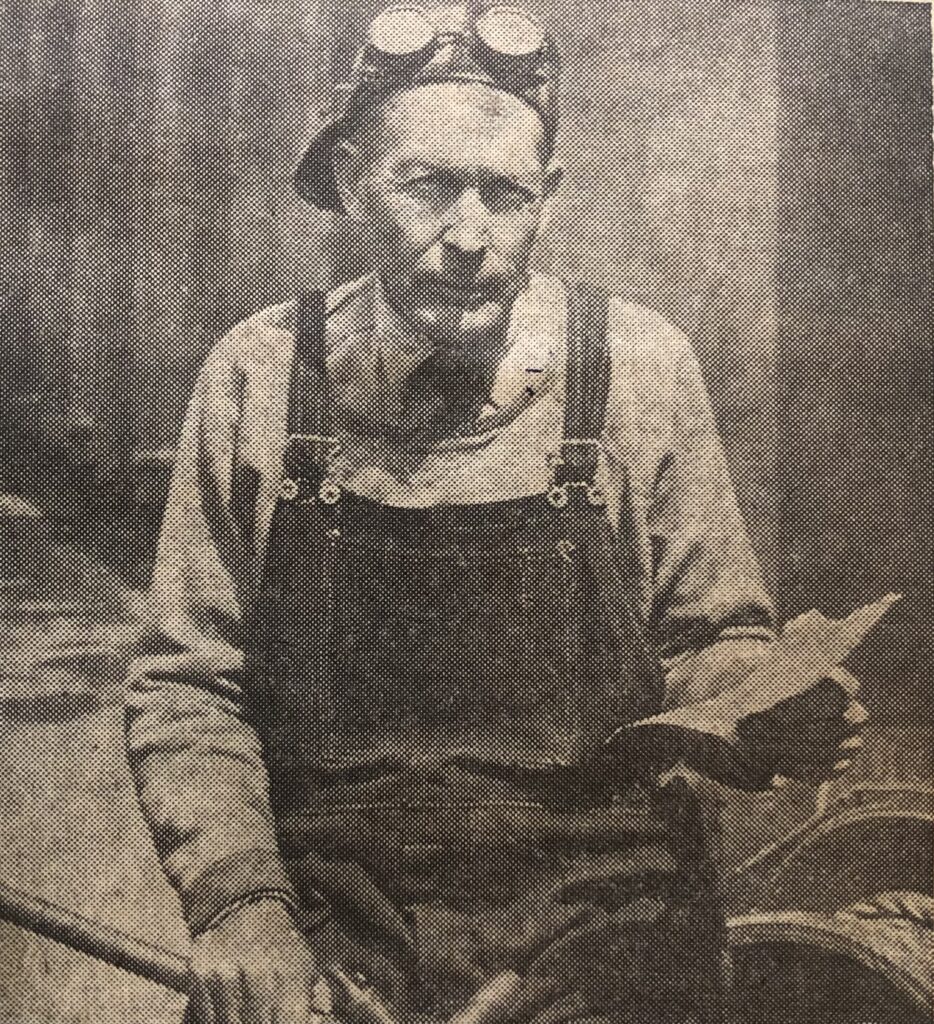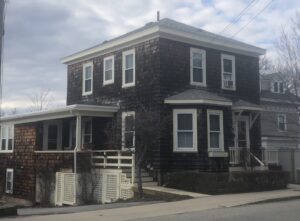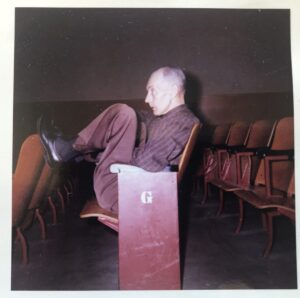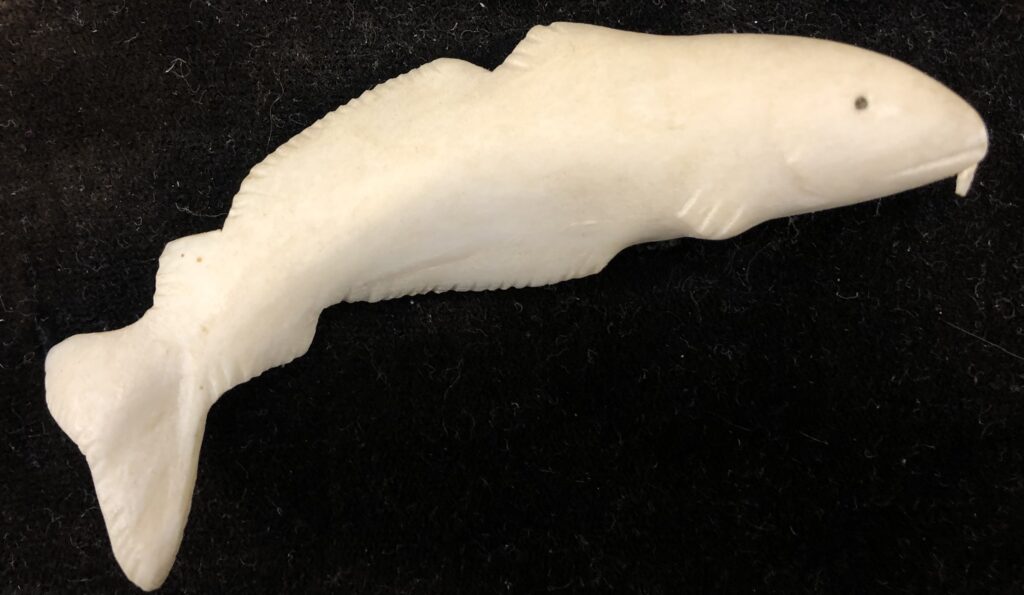Clayton B. Stockbridge

(1895-1973)
Known as the “Plumber Playwright of Gloucester,” Clayton Bruce Stockbridge was a licensed plumber and cultural hobbiest who gained some measure of fame in 1953 when his play, “Gloucester Story,” won the Russel Crouse Award.

He was born in Gloucester on June 23, 1895 and lived in the city at 251 East Main Street his entire life except during World War I when he served in the Army Air Force. His home was built from materials from an abandoned warehouse in South Africa, which an ancestor had obtained on a voyage.
Clayton spent much of his spare time, as both a child and an adult, on the waterfront listening to stories that would later be incorporated into his writing. He used to tell a story about his meeting with another author who wrote about Gloucester fishermen – Rudyard Kipling (Jungle Book, Captains Courageous). According to Clayton, Kipling and his friend Mr. Kitson stopped at the family homestead in 1897 to purchase model boats made by Clayton’s grandfather. While there, the two men took a photograph of the toddler Clayton in his grandfather’s lap. Some who knew him believed Kipling was a significant influence in his later writing.

Although Clayton loved talking and writing about the sea, he did not go to sea because even a short trip in a rowboat made him seasick. Instead, he became a master plumber and pipe fitter at local gas and ice plants. He retired from the William Swett Company in 1954.
Clayton expressed himself artistically in a number of mediums. He started by working in copper, a material from which he created watering cans and light fixtures. Then he turned his talents to sculpture, creating a bronze likeness of his father, Eugene Stockbridge, that was so lifelike that Clayton’s mother insisted it be put away after her husband died. Clayton also tried his hand at furniture making, but perhaps his oddest hobby was haddock nape bone carving. It was a skill he passed down to former Gloucester Building Inspector Chester Dennen.

Clayton taught Chester how to carefully remove the bones that lie just beneath the heads of haddock, clean them, dry them, carve them into the form of tiny fish and polish them with white jeweler’s rouge. Some of Clayton’s nape bone carvings are now in the Cape Ann Museum’s collection.
Eventually, the man who would be known as the “The Plumber Playwright of Gloucester” turned his talents to the crafting of words, writing anecdotes for Yankee Magazine and Reader’s Digest.
In 1952, Broadway playwright/librettist and summer Annisquam resident Russel Crouse (“Sound of Music”, “Anything Goes”) offered a prize for the best original play about Gloucester written by a Gloucester native or summer resident. Clayton won that Cape Ann Festival of Literature and Drama contest with a play called “Gloucester Story” based on the fishing skippers and crewmen he had known as a child. Prior to this year’s performance by the AVP, the play was staged in Gloucester in 1953, 1954, then again in 1963, 1969, and 1996.

Clayton never acted in his own or other plays, although he did sing with local quartets. The Fishtown renaissance man didn’t confine his interests to the creative arts. At one point, Stockbridge decided to learn the game of golf. He joined the Bass Rocks Country Club, learned to play, and won a tournament at the end of the year. He never played again.
According to the Boston Globe, “after his play became successful it was a ritual for the young Cape Ann Players to drift into his small home and talk with him and his wife, Agnes, about plays and the theater. They would always receive kind words of encouragement from the Stockbridges.”
Clayton died in February 1973 at the age of 77, leaving his wife, Agnes (Ballantyne) Stockbridge who later died in 1996. They are buried together at Mt. Pleasant Cemetery in Gloucester. A collection of his “Gloucester Story” scripts, memorabilia, and sculptures are now preserved at the Cape Ann Museum and the Sawyer Free Library.
The 2023 Production of “Gloucester Story” is made possible by the generous contributions from our Sponsors:
Presenting Sponsor
Stage Level Sponsors
Space






